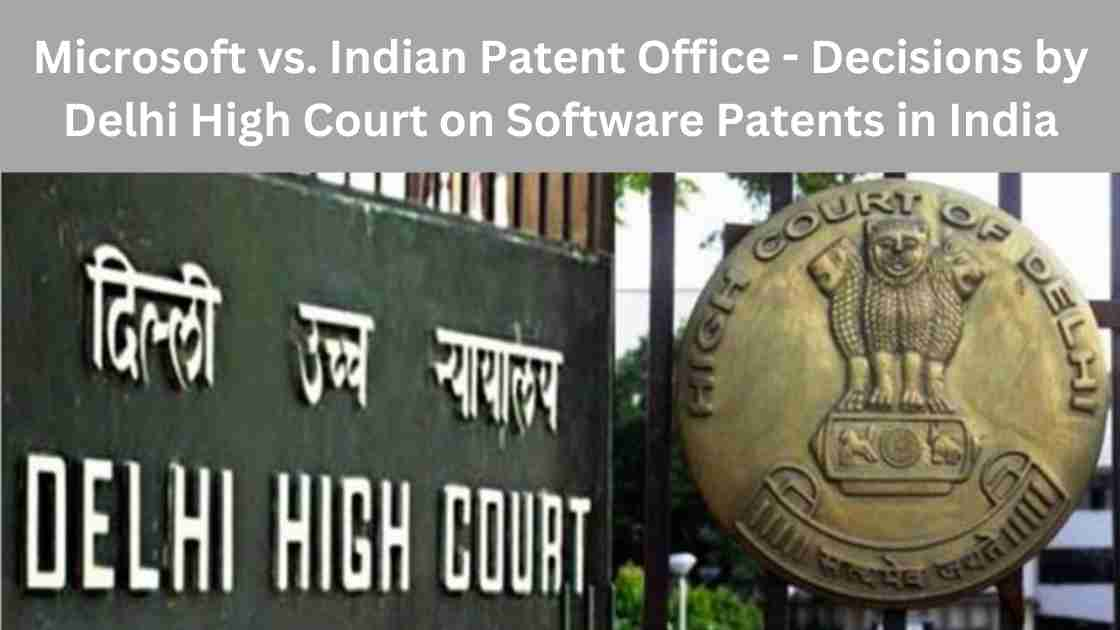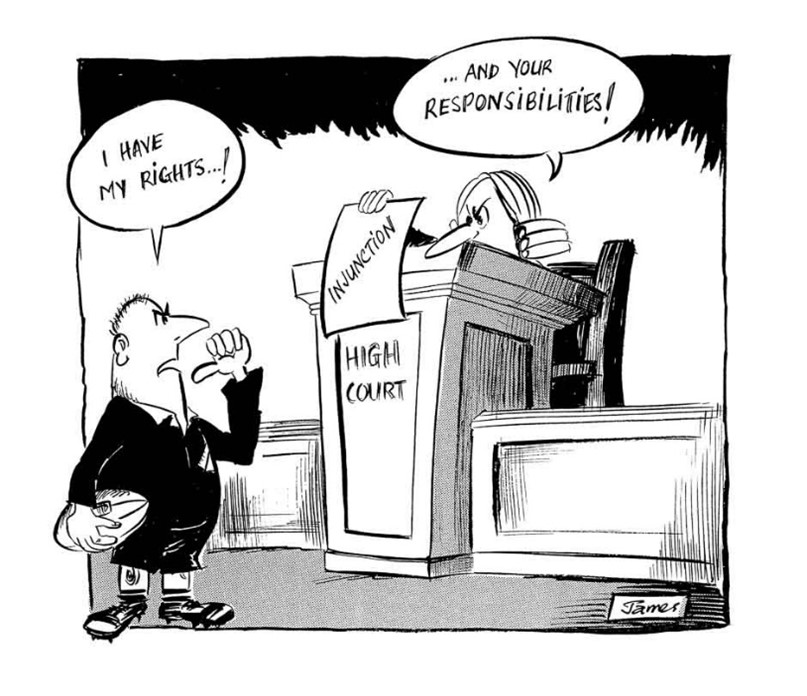
Interpretation of Section 3(i) of the Indian Patent Act, 1970 in the Context of Non-Invasive Prenatal Testing
Introduction
The advent of Non-Invasive Prenatal Testing (NIPT) has revolutionized prenatal diagnostics, enabling expectant parents to assess the genetic health of the fetus without invasive procedures. However, the eligibility of such diagnostic methods for patent protection, especially in light of Section 3(i) of the Indian Patent Act, 1970 (as amended) has been a subject of considerable legal debate. This article provides a detailed exploration of the Hon’ble Madras High Court’s judgment in the matter of The Chinese University of Hong Kong Knowledge Transfer Office and Sequenom, Inc vs The Assistant Controller of Patents & Designs[1], shedding light on the technical and legal aspects that guided the court’s decision-making process.
Non-Invasive Prenatal Testing (NIPT)
Non-Invasive Prenatal Testing (NIPT) involves analyzing cell-free fetal DNA present in the maternal bloodstream to detect genetic abnormalities in the fetus. Unlike traditional prenatal testing methods that carry inherent risks, NIPT offers a safer and more accurate alternative, making it a groundbreaking advancement in the field of medical diagnostics.
Key Technical and Legal Analysis
Technical Specifics of the Patent Application: A Deep Dive
In dissecting the intricacies of this patent application, the Hon’ble Madras High Court meticulously examined the innovative method proposed by the applicants. At its core, the method aimed to determine the fractional concentration of fetal DNA in a biological sample extracted from a pregnant female. This groundbreaking approach sidestepped the conventional invasive procedures, instead analyzing nucleic acid molecules within the sample. The analytical process involved the identification of specific loci within the human genome, determining respective alleles of nucleic acid molecules, and subsequently calculating the fractional concentration based on allele counts. This technical blueprint formed the foundation of the court’s analysis, requiring an exhaustive evaluation of its novelty, utility, and potential implications in the realm of prenatal diagnostics.
Interpretation of Section 3(i): Navigating Legal Nuances
Central to the court’s decision was the interpretation of Section 3(i) of the Indian Patent Act, 1970 (as amended) a provision that excludes diagnostic methods from patentability. The court embarked on a nuanced exploration of this statute, emphasizing the significance of the surrounding context and the complete specification of the patent application. It probed whether the method in question could be classified as a diagnostic process essential for the treatment of human beings. This meticulous examination revealed the need for a holistic evaluation, wherein the patent’s capacity to uncover pathology and serve as a foundation for treatment emerged as a pivotal criterion. The court underscored the contextual nature of patent eligibility, establishing a precedent that highlighted the pivotal role of the patent’s ability to diagnose diseases or conditions definitively.
Case-Specific Determination: Contextualizing NIPT
In the context of Non-Invasive Prenatal Testing (NIPT), the court discerned a crucial distinction. While the patented method identified the fetal fraction within the biological sample, it did not inherently diagnose any disease, disorder, or condition. Instead, it served as an indicator, necessitating further testing for a definitive diagnosis. The court’s analysis, therefore, hinged on the method’s inherent limitations, emphasizing the need for conclusive evidence of pathology for a diagnostic process to be eligible for patent protection. This case-specific determination elucidated the boundaries of patent eligibility in the evolving landscape of medical diagnostics.
Innovation and Public Policy: Striking a Balance
Beyond the technical and legal intricacies, the judgment subtly delved into the intersection of innovation and public policy. Recognizing the importance of incentivizing inventors, the court hinted at potential amendments to patent laws. It proposed a scope limitation to in vivo processes, ensuring that patents were granted only for methods directly applicable within the human body. Additionally, the court explored the concept of compulsory licensing, suggesting a path to balance innovation with affordability and accessibility. This progressive stance underscored the court’s commitment to fostering technological advancements while safeguarding broader societal interests.
Implications and Conclusion
The Hon’ble Madras High Court’s judgment on the interpretation of Section 3(i) stands as a comprehensive precedent in the realm of medical diagnostics. By delving into the technical specifics of the patent application, the court provided clarity on the patent eligibility of NIPT methods, setting a precedent for future cases. This nuanced analysis not only reinforces the importance of context-driven interpretations in patent law but also underscores the need for adaptive policies that encourage innovation while prioritizing public welfare. As India navigates the intricate intersection of technology, law, and healthcare, this judgment serves as a guiding beacon, urging legal scholars, policymakers, and inventors to collaborate in shaping a progressive and balanced patent landscape in the country.
[1] CMA (PT) No.14 of 2023 & CMP No.16669 of 2023 dated 12th October 2023



Recent FAQs Published by the Indian Patent Office on Form 27
The Indian Patent Office recently released a comprehensive FAQ document…

A Comprehensive Guide to Patent Searches: Types, Examples, and When to Use Them
Patent searches are a crucial aspect of the patenting process.…

Microsoft vs. Indian Patent Office – Decisions by Delhi High Court on Software Patents in India
The part of this series focuses on the…

Case in Point: Sun Pharma Ltd vs. DWD Pharma Ltd
Case in Point is a new series where…
Categories
Recent Discussions
Recent FAQs Published by the Indian Patent Office on Form 27
The Indian Patent Office recently released a comprehensive FAQ document regarding Form 27, aimed at clarifying the requirements and procedures for patentees and…
Recent Discussions
A Comprehensive Guide to Patent Searches: Types, Examples, and When to Use Them
Patent searches are a crucial aspect of the patenting process. Whether you're an inventor, entrepreneur, or a legal professional, understanding the different types…


